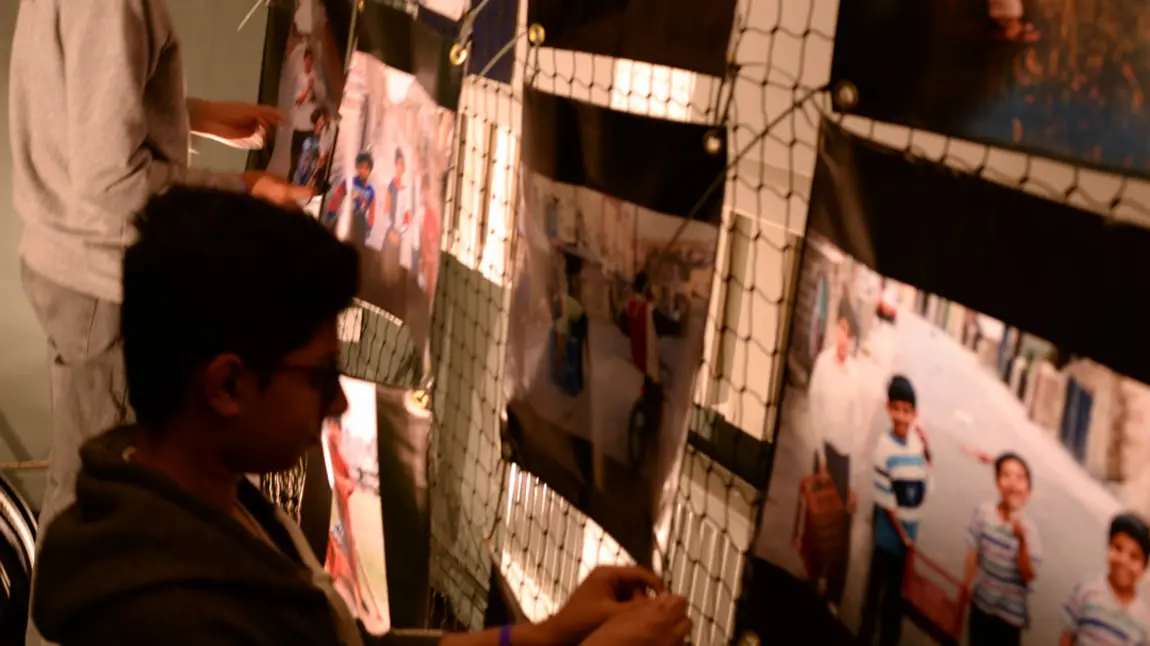
Young Roots
The ambition
The Quaid-e Azam Sunday Cricket League (QeAL) in Bradford, was the first Asian cricket league in Yorkshire. Young people took leading roles in the From Parks to Pavilions project, gathering interviews with players and spectators, and for the first time documenting the history and significance of early cricket leagues.
Cricket played a huge part in the lives of many South Asian migrants. After settling in cities like Bradford, cricket enthusiasts moved from informal games in back streets and parks to forming their own teams, developing tournaments and establishing leagues. The AYA Foundation, specialists in delivering culturally-sensitive practice and work with young people, set out to tell this story.
Young Asians have little opportunity to engage with cricket history that reflects them and their lives. While some cricket clubs do have museums, heritage exhibitions and Halls of Fame, it’s rare to see Asian cricketers in the displays. This project gave young people the chance to start to rectify that, not just uncovering the heritage of cricket, but also the broader story of migrant settlement in the UK.
Making a difference
The project engaged 11 core young people aged 11 to 18 who were new to heritage. Through collecting memorabilia such as photos, scorecards, pamphlets, cricket bats and wickets, and interviewing early players in the league, young people were able to capture the history of the QeAL for the first time.
Following training from the Oral History Society, the participants put their skills into practice and recorded 26 new oral histories. The interviews focused on cricket but also explored the challenges of being a new arrival in Britain in the 1960s and 70s.
Developing skills
The young people developed their knowledge with visits to museums and to Headingley and Lords cricket clubs. They worked closely with Bradford Local Studies Library and West Yorkshire Archives, QeAL and Yorkshire County Cricket Club to do original research, digitise personal archives, and deposit new material for professional conservation. In total, 1,700 pages of digital archives were created.
Young people said they gained more from the project than they had thought, developing new skills and, importantly, understanding their own community better. The project prompted them to talk to their grandparents to hear their stories of migration.
Participants worked hard to share their learning with peers, older members of the South Asian community and a wider audience, producing a documentary, a photography exhibition and a website. The mobile exhibition was displayed at an England v. Pakistan One Day match in Headingley and at a range of local libraries.
Young people led on social media for the project, creating YouTube videos and a Facebook page. The project received TV and radio coverage and some young people gained broadcast experience too.
Widening engagement
600 people got involved in community fun days, with three events planned and delivered by the young participants.
As a result of the project, the Yorkshire Cricket Foundation recruited a heritage manager with plans to develop an Asian collection.
Lessons learned
Key learnings from the project included:
- Being realistic about the timescales and resources required for a project that involved filming and producing a documentary.
- When working with young people, the time needed to build trust and embed learning is substantial. Having a variety of activities on offer helps to keep young people motivated and engaged. They liked seeing the project through to the end and took pride in their work being displayed in public.
- Project leads noted that the Asian communities they worked with had often not kept things from the past, especially after someone passed away. Many objects and documents had been thrown away. Oral histories, then, are a vital way of keeping the heritage alive, acknowledging, too, the strong oral tradition that exists in the community.
The project only touched the surface of the history of South Asian heritage in the UK; there are many more stories to be told.